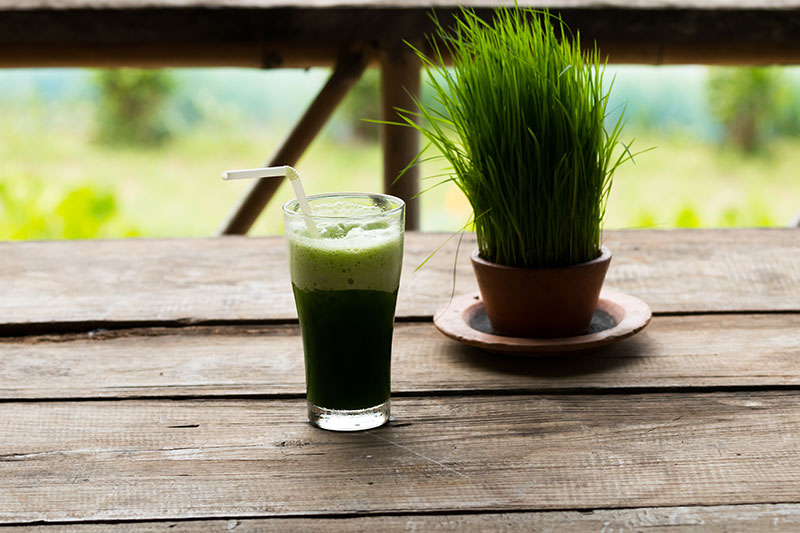Wheatgrass: Superfood or Just Plain Ol’ Wheat?
Is marketing wheatgrass as a health-food product a cynical ploy to move more wheat seed? Or is the leaf, and not the kernel of wheat, the part of the plant we should all be consuming for a long happy life?

